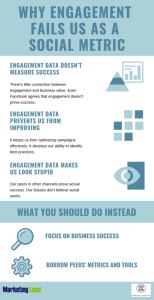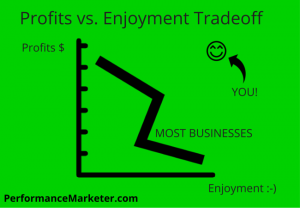Much like every company out there, yours too has different and often difficult obstacles to overcome and surpass. There can be a variety of obstacles companies face – from increasing sales, to enhancing brand awareness, marketing products and services, and even engaging employees. These ongoing challenges have kept companies and their management team on their toes in attempting to device strategies that’ll ensure success in these areas. As much as technology has been an enabler in the corporate world, it’s also been challenging to have employees embrace new technologies. And this is where gamification presents itself as the solution that can save your company from these common challenges.
Gamification has the unique ability to solve complex and enormous challenges and problems that most companies, like yours, are facing. Because of its flexibility, gamification has become a powerful tool and ally to companies that take such challenges seriously and are keen on resolving them, promptly. Along with that, its mass appeal and simplicity of use has made its application a global phenomenon and a popular fixture at the workplace.
While gamification may still be a relatively new concept and solution in the emerging markets, it’s not all that novel in other parts of the world. Organizations like LinkedIn, Google, Target, SalesForce are just a few to name among the over 400 multinationals that have invested in, and reaped the benefits from, gamification. And its use continuously grows, making it less of a niche solution and more appealing for just about any company. Why does it continue to grow and gain popularity? Well, the feedback from just these 400 organizations suggests that they’ve successfully implemented their corporate strategies and significantly enhanced employee acceptance. In fact, the impact of gamification has been so pivotal to these companies’ success that some would say they’re hooked on the solution!
So what makes gamification so popular and why is it rapidly spreading across the corporate world? And, most of all, how can it save your company?
What is Gamification?
Simply put, gamification is a technique of taking all the mundane, dry and sometimes boring elements of work and transforming them into something that’s fun, exciting and engaging using elements of games. In essence, gamification helps you make things that people often find dull and boring (things that they have to do, however, don’t want or like to do) and making them fun. These are often corporate necessities because they tie in with your values, goals and culture which most employees find cumbersome. Making it fun helps your company fulfill the requirements in a fun and exciting way.
Now I know what you’re thinking – gamification just transforms things into games. So basically if you provide your employees an objective to aim for their behavior will be encouraged by achieving it. Simple right? It’s just like when you tell your sales team that there’s a reward at the end of the month for whoever achieves the highest number of sales. That’s a clear objective and everyone’s aiming for it. Gamification implemented?
Not quite so. You see, you may have provided your sales team with an objective to aim for, however, you’re really not making the strategy (i.e. increasing sales) fun. Gamification isn’t just about reaching the finish line (aiming for an objective). It’s about the experience and the journey to the finish line.
Ask a gamer why a particular game they play is fun and their response won’t be that they find earning points or winning exciting. In fact, you’ll learn that they find games fun because of the challenges they experience, the collaborations and interactions they have with other gamers and how they can transform themselves into someone different from who they currently are.
Gamification isn’t about the end result or achieving your objectives. It’s about the entire experience the gamers (employees) go through. It’s about the fun they have in their corporate journey.
Why Bring Gamification To Your Company?
If I were to ask you to imagine a typical game player who do you envision? A child? A young male adult (usually up to their mid-20’s)? You’ll be surprised to learn that this is actually quite an inaccurate demographic of gamers. The wide use of mobile technology has completely altered who the average gamer really is. Statistically, the average gamer is 35 years old and 72% of them are over the age of 18. 47% of these gamers are women (almost half) and there are more adult women playing games than there are boys aged 18 and under. Surprised? Well you shouldn’t be, considering how popular social mobile games like Angry Birds and Candy Crush are.
Ok so mobile games have changed the demographic of the average gamer, however, what does that mean for your company. Based on the statistics, there’s a very high likelihood that your employees, both women and men, are all gamers. So, half your workforce is already familiar with gameplay, objectives and challenges of games and the gaming world experience and environment. You could say they’re already hooked onto games. And since they’re already playing games and will continue to do so, you might as well have them play games that focuses on your company strategies. It’s now just a matter of how you can engage them and divert their attention through games to help your company be more successful. Ask yourself, how can your company use gamification to implement its strategies and encourage behavior that’s part of your corporate culture and values?
Through gamification you’ll be able to enhance your employees’ experience of how they achieve objectives and aim to fulfill your company strategies. Essentially, you’re not doing anything more than just making the dull, boring and often mundane tasks interesting, exciting, challenging and most definitely engaging. And along with all the fun and games, you’ll be better equipped to save your company and align your talent to achieve success.
Business & Finance Articles on Business 2 Community(52)
Report Post




